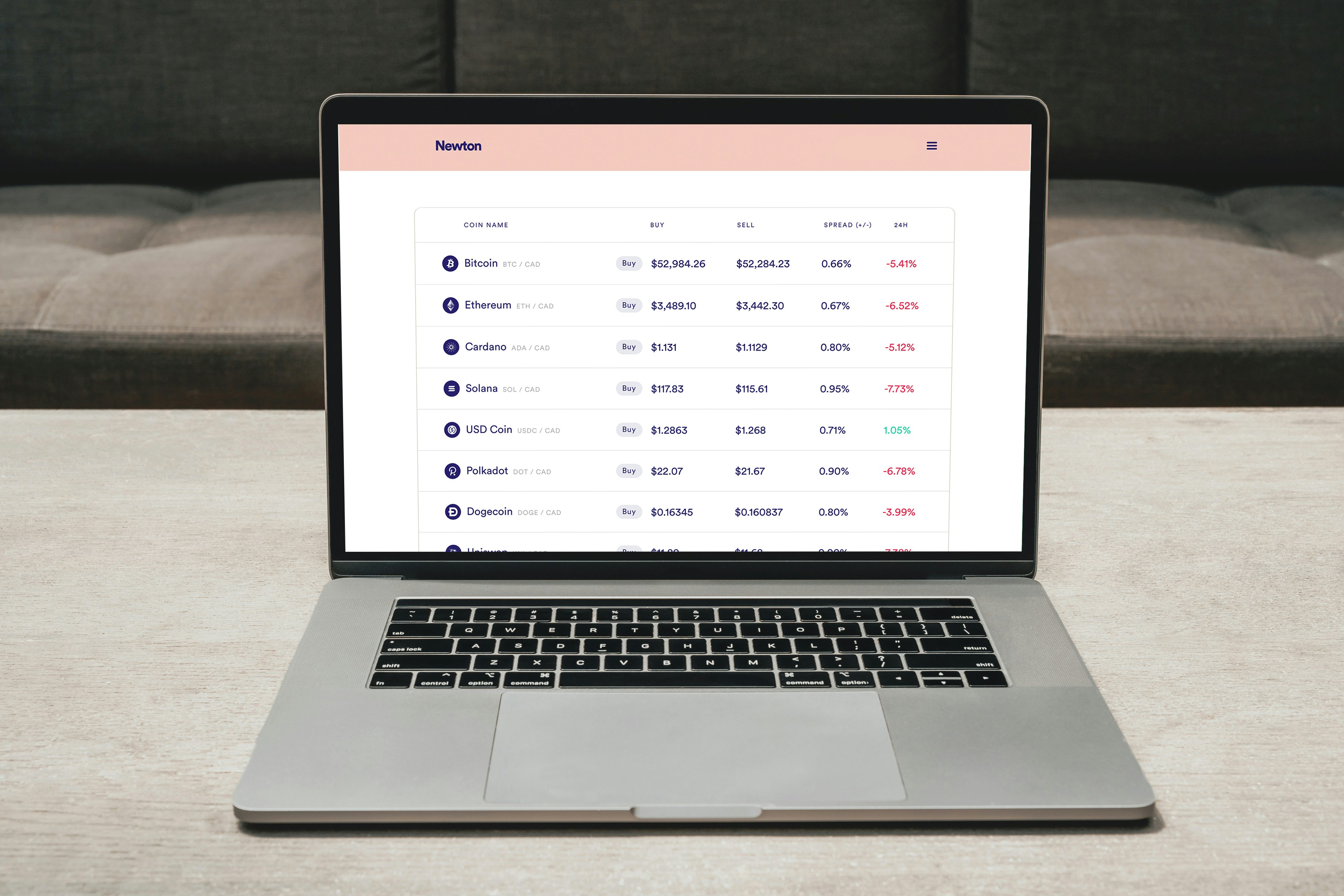Introduction to Options Trading
Options trading is a complex yet compelling segment of the financial markets that allows investors to hedge their portfolios or speculate on price movements of underlying assets. At its core, buying an option is simply a contract that grants the holder the right, but not the obligation, to buy or sell an underlying asset at a predetermined price, known as the exercise or strike price, before or on a specific expiration date.
The other side of this coin is selling options. The seller of an option contract has the obligation to sell or buy the underlying asset at the strike price before on a specific expiration date. Option buyers pay a premium for their right while option sellers collect a premium for their obligation. This flexibility is what makes options an attractive instrument for many investors.
There are two primary types of options: call options and put options. A call option gives the holder the right to purchase an underlying asset at the exercise price, while a put option provides the right to sell. This fundamental differentiation is crucial in understanding how options can be used to tailor risk and exposure based on market conditions. For instance, an investor may purchase a call option on a stock they believe will rise, allowing them to capitalize on the price increase without needing to commit substantial capital upfront.
Engaging with options trading necessitates a firm grasp of various terminology, which can be daunting for newcomers. In addition to understanding call and put options, one must also familiarize themselves with terms such as “expiration date”, “premium”, and “strike price”. This terminology forms the foundation of options trading and is vital for making informed investment decisions. Given the intricacies involved, potential traders may face a steep learning curve as they navigate the complexities of these financial instruments. However the effort to do so is so worth in the way that trading options allows so much flexibility in trading and is exceptional for it’s ability to control risk which probably the important aspect of trading successfully.
Sadly, misconceptions about options trading abound, often leading to hesitation among prospective traders. Many believe that options are solely for experienced investors or that they are too risky. However, with adequate education and a clear understanding of the mechanics involved, options trading can be a manageable and beneficial addition to an investor’s strategy. Spending the time to learn them can revolutionize your trading journey.
Advantages of Options Trading
Options trading offers several notable advantages that can significantly enhance a trader’s approach to the financial markets. One of the primary benefits is the potential for leveraged returns. Options allow traders to control a larger amount of the underlying asset with a relatively small investment. This means that even minor price movements in the asset can lead to substantial percentage gains, providing an opportunity for traders to amplify their profits. As a result, options are widely used for speculative purposes, allowing traders to benefit from rising or falling markets with a limited capital outlay.
Another advantage of options trading is the ability to generate income. Traders can collect premiums by writing (selling) options contracts, which can provide a steady cash flow. This income generation strategy is particularly appealing during stable market conditions, where the potential for significant price movements is limited. By selling call or put options, investors can enhance their portfolio returns while managing risk, as the premiums collected can offset potential losses on the underlying assets.
Furthermore, options offer traders remarkable flexibility for various market conditions. They can be employed in multiple ways, such as hedging against adverse price movements in the underlying asset or profiting from increased market volatility. Options on futures contracts represent a further avenue for diversification, allowing traders to enhance their trading strategies by combining the benefits of futures trading with the unique characteristics of options.
Ultimately, options trading is not only a tool for risk management but also a strategic means for traders to capitalize on market opportunities. By understanding the advantages of options, traders can make informed decisions that align with their investment goals, capitalizing on the dynamic nature of the financial markets.
Disadvantages and Risks of Options Trading
Options trading presents various disadvantages and risks that potential traders must consider before engaging in this investment strategy. One of the primary challenges is the complexity associated with options strategies. Unlike traditional stock trading, which primarily involves straightforward buy and sell actions, options trading incorporates a range of intricate strategies, each with its own risk profile and implications. This complexity can be daunting for novice traders, potentially leading to costly mistakes if they do not fully understand the mechanics behind them.
Moreover, options trading carries the potential for significant losses. While options can offer large gains in favorable market conditions, the inverse is also true. Traders can lose their entire investment in a short period, especially if they are not adequately prepared or fail to implement effective risk management strategies. The leverage inherent in options trading can amplify these risks, making it essential for traders to have a robust understanding of market dynamics to avoid devastating financial setbacks. Yet with even a basic understanding of options one can easily learn to place risk defined trades that will limit the amount they can lose if the trade goes against them.
Another critical factor is the time-sensitive nature of options. Options have expiration dates, after which they may become worthless if the underlying asset does not perform as anticipated within the predetermined timeframe. This characteristic can complicate trading decisions, as traders must not only analyze market trends but also make time-sensitive judgments about the viability of their positions. Furthermore, engaging in options trading within illiquid markets can exacerbate risks. In these markets, finding buyers or sellers at desired prices can be challenging, resulting in wider bid-ask spreads and potential losses on trades.
For traders considering options trading, understanding these inherent disadvantages and risks is crucial. A comprehensive approach that combines education, market analysis, and risk management can help mitigate some of the downsides associated with options trading, enabling traders to pursue this complex investment avenue more effectively.
Conclusion: Weighing Your Options
In summary, options trading presents both opportunities and challenges that every potential trader must consider. The advantages of options trading include flexibility, leverage, and the ability to hedge against losses. These features can enable traders to effectively manage risk and enhance returns. However, it is equally important to acknowledge the disadvantages, such as the complexity of strategies, the potential for significant financial loss, and the requirement for a deep understanding of market conditions. This duality underscores the necessity of a well-informed approach to trading.
Before embarking on an options trading journey, it is crucial for individuals to assess their own risk tolerance and investment goals. Understanding the potential outcomes associated with various options strategies can help traders make educated decisions that align with their financial objectives. Furthermore, since options trading can be intricate and fast-paced, acquiring additional education on market dynamics and trading strategies is recommended. Becoming familiar with the terminologies and mechanisms involved will empower traders to navigate the landscape more successfully.
Developing a comprehensive trading plan is another key component for sustained success in options trading. This plan should encompass strategies, risk management techniques, and an evaluation framework for potential trades. By systematically reviewing performance and adjusting strategies as appropriate, traders can position themselves to better respond to market changes. Ultimately, weighing the advantages and disadvantages of options trading is vital in achieving a balanced and informed approach to this investment avenue. With careful consideration and preparation, traders can harness the power of options to pursue their financial aspirations effectively and responsibly.


